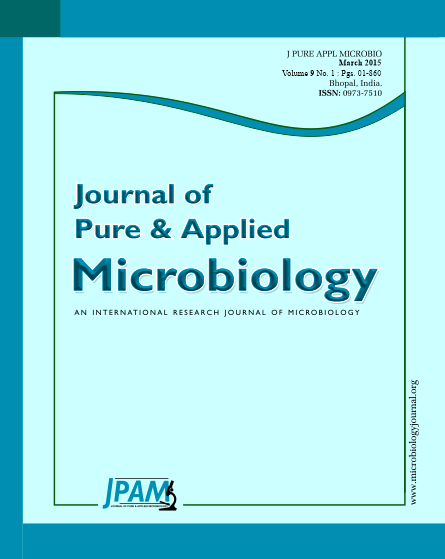Pseudomonas aeruginosa, a ubiquitous opportunistic pathogen is one of the main causative agents of human wound infection. Wound infection due to this bacterium are difficult to heal and caused serious economic issues. Its putative virulence genes are responsible for causing wound infection. This investigation was aimed to study the prevalence of P. aeruginosa and its virulence factors in the wound infection samples of children. Totally, 150 swab samples were collected from children hospitalized due to wound infection. Samples were cultured and their positive results were subjected to PCR to identify the distribution of virulence factors. Total prevalence of P. aeruginosa in the swab samples were 62.6%. Totally, 65% of boys and 60% of girls were infected with P. aeruginosa. The highest prevalence of P. aeruginosa was achieved in less than 2 years old children (80.9%). The most commonly detected virulence genes were exoS (91.4%), plcH (86.1%), algD (80.8%) and exoU (60.6%). High prevalence of virulent strains of P. aeruginosa in Iranian hospitals should be controlled carefully and modern therapeutic agents should be applied especially in the less than 2 years old children.
Pseudomonas aeruginosa, virulence factors, Wound infection, Children, Iran
© The Author(s) 2015. Open Access. This article is distributed under the terms of the Creative Commons Attribution 4.0 International License which permits unrestricted use, sharing, distribution, and reproduction in any medium, provided you give appropriate credit to the original author(s) and the source, provide a link to the Creative Commons license, and indicate if changes were made.


